
How the Path 2 Recovery Hub in Dunstable reduced their inappropriate referrals and sustained the gains
16th August 2023
By Jon Keen (Senior Recovery Worker)
In this 5-minute read, discover how the Path 2 Recovery (P2R) hub in Dunstable improved the overall quality of information received in professional referrals, and reduced the number of inappropriate referrals they received. Lead by Jon Keen, the project team is multidisciplinary, made up of Recovery Workers from the Assessment Team and staff from the System Support team.
Identification of Quality Issue
We noticed that we were regularly receiving referrals with limited or missing important information required to agree a treatment pathway. This created extra work for staff and wasted time having to go back to the referrer to request more information. This would often lead to a delay in the referral being actioned and, potentially, delays in treatment for service users. Due to the number of referrals received by P2R, and the limited time available to review and action the referrals, this was an ongoing problem. We were frustrated with managing inappropriate referrals received from professionals.
Understanding the Problem
We knew from our recent Pocket QI training that gathering a multidisciplinary team would help us in better understanding the problem. We also knew that to evidence our hunch that there was an issue, we would need to collect data. To ensure we all collected the data in the same way, we formulated an operational definition of an inappropriate referral. We defined an inappropriate referral as any referral that didn’t include:
- Contact details
- NHS number
- Guidance on whether someone lives in P2R catchment area
- Clear information around substance use details including what they are using, how much they are using, and how they are using
- Risk information
- Interpreter need
- Preferred method of assessment
- Client consent
We collected the data daily on CarePath, the P2R data recording system. We used Life QI throughout the whole project, including recording our Plan Do Study Act cycles (PDSAs), charting our data, and storing our weekly meeting minutes. For those of us who attended the Improvement Leader’s programme, we were able to learn about running a project and feed this back to the rest of the project team. If we had any problems, we were able take it to the training days to discuss.
Developing a strategy and change ideas
We used a driver diagram to help plan our project and change ideas. We created our driver diagram collaboratively, sharing ideas and deciding as a team how appropriate the ideas were. We had weekly QI team meetings and created an agenda, based on the 7 Step Meeting Process that I had learnt on the Improvement Leaders program. We agreed in the first session that everyone involved had to prioritise attending and everyone had to contribute, creating a rota for minutes and actions.
Testing Change Ideas
We used Plan Do Study Act (PDSA) cycles to test our change ideas, below are three examples.
1. Complete a list of referring agencies
PLAN – We plan to complete a comprehensive list of referring agencies contact details. We predict this will help us in identifying all agencies that will need to use a new P2R referral form.
DO – We completed the list with as many referring agencies as possible and sent out the new P2R referral form to everyone on the list.
STUDY – We realised that there will be several agencies that we hadn’t sent the form to. We needed to contact SystmOne, the system GPs (General Practitioners) use, to ensure the new referral form is readily available for GPs to use.
ACT – We will discuss improvements that can be made to the referral form with the P2R management team.
2. Send out the new referall form
PLAN – To send out the P2R referral form from Wednesday 4th January 2023, using the referring agencies list created. We will add a message in the email, asking services to only use the new form and delete all other P2R referral forms. We predict that this will reduce the number of inappropriate referrals.
DO – We emailed the new referral form out to services using the contact list that we had been keeping.
STUDY – We have already started getting referrals into the service on the new referral form. Some referring agencies started using the new referral form within the first week while others continued to use the old referral form.
ACT – We agreed that when a service makes a referral to P2R, if it is not on the new referral form then the P2R systems support team will send them the new referral form and ask them to complete all future referrals on the new form. We predict this will help to get the new referral form out to more agencies and increase its use, supporting our aim to get better information in professional referrals.
3. Monitor the new P2R referall form
PLAN – Measure how often the new referral form is used by professionals to establish if this is leading to decrease in inappropriate referrals.
DO – We have been attending the daily referral meeting and recording the number of inappropriate referrals received that fit our agreed ‘inappropriate referral criteria’.
STUDY – We have looked at this data and it clearly shows a decrease in the number of referrals that meet the agreed ‘inappropriate referral criteria’ we have exceeded the initial aim which was to decrease this by 5%, roughly reducing the inappropriate referrals by 50%. We are happy with these results, and we are seeing the benefits from these changes.
ACT – We have collected the data since 05/12/22 and we have seen a gradual and steady reduction in inappropriate referrals without any increases to the levels that we started with testing change ideas. We are very happy with the sustained results and feel with the changes made this will continue. We will now stop recording the data daily and look at implementation.
Measurement and Results
We saw a sustained reduction of inappropriate referrals from an average of over 12 per week to around 7 per week, a reduction of 43%
Implementation and Sustaining the gains
We implemented the new P2R referral form for professionals. We reviewed the data on this change idea for 5 months and could clearly see a sustained reduction in inappropriate referrals. We felt that the positive changes had been sustained and it was the right time to implement into business as usual. The team met and created an implementation plan, using the Implementation Action Plan, available on the QI Microsite. We have agreed to monitor ongoing referrals and if we feel that if there is any deteriorating, we will revisit the driver diagram and change ideas.
Reflections from the Team
“I have really enjoyed watching the QI project come together from the original idea to it being implemented and used by other professionals. My advice, meet regularly, stick with the project, and ensure you can measure the progress of the project.” Mark Sanders
“I enjoyed working alongside my colleagues, brainstorming on different ideas.
My advice to other teams is to always look to improve their processes.” Temi Olajiga“I enjoyed collecting the data to see the change we had made was making a positive difference.
The biggest challenge was getting the professionals to use the new form consistently. We overcame this by sending out the new form to all professionals and asking them to delete the old copies.
Advice I would give to other teams to be part of a successful QI project is have regular meetings and delegate tasks such as collecting data, for our project we had set days each where we would go into referral meetings to collect the data. Things we could have done differently is get some feedback from service users before the use of the new form and after so we could compare if the service user found it to be a better process with the new form.” Natalie Skinner“The part I enjoyed mostly about the project was the initial data collection of inappropriate referrals, and from this being able to see the gradual reduction once our new form had been distributed.
I think one of the biggest challenges was ensuring that the form was sent out to the majority of agencies that refer to P2R as well as trying to encourage them to use the new form and discard any old copies they may have. We noticed a major change once our new referral form had been uploaded onto SystmOne which all GP’s use.
To other teams who are a part of a QI project or considering to be involved in one is to have regular meetings to review change ideas as well as distributing work evenly between the team and ensure this is reflected in the meeting minutes.” Opal warner
P2R QI project Team
Jon Keen, Opal Warner, Natalie Skinner, Mark Sanders, Temi Olajiga, Dionne Innerarity
Most Read Stories
-
Why is Quality Control important?
18th July 2018
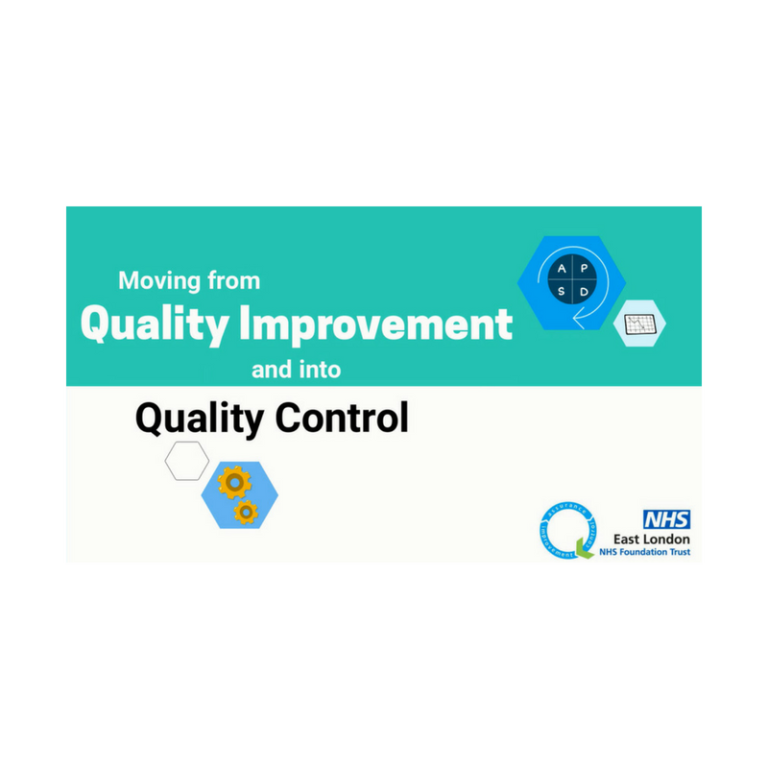
-
An Illustrated Guide to Quality Improvement
20th May 2019
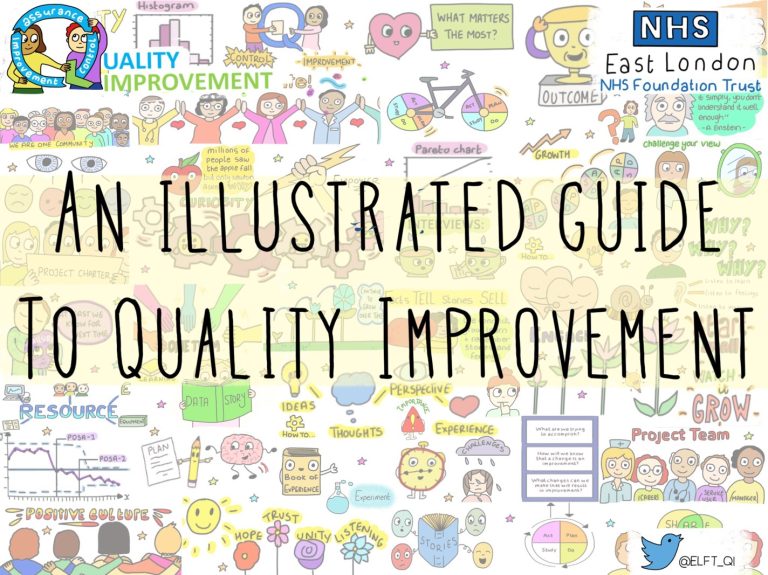
-
2016 QI Conference Poster Presentations
22nd March 2016
-
Recognising Racism: Using QI to Help Take Action
21st January 2021
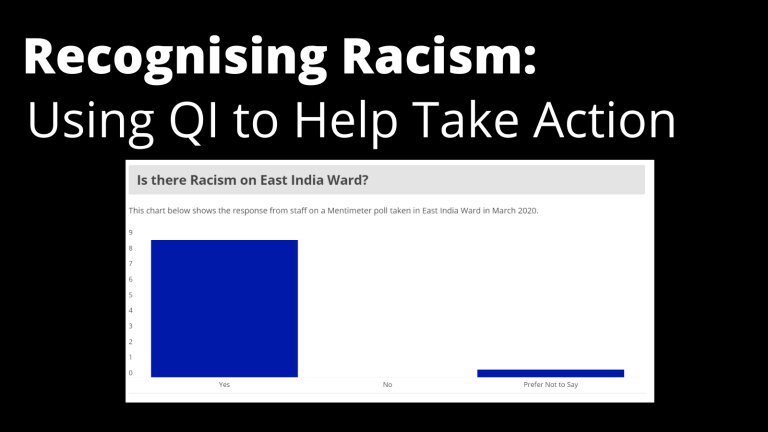
-
Using data enabled us to understand our problem
31st March 2023
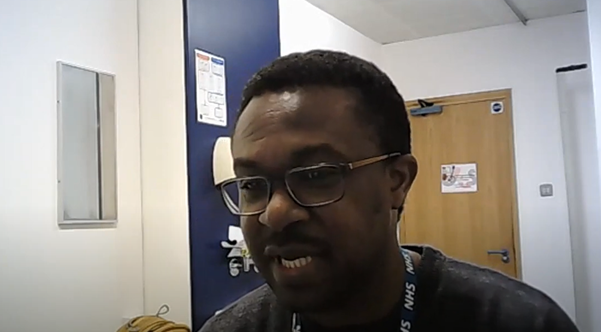
-
QI Essentials: What does a Chief Quality Officer do?
18th March 2019

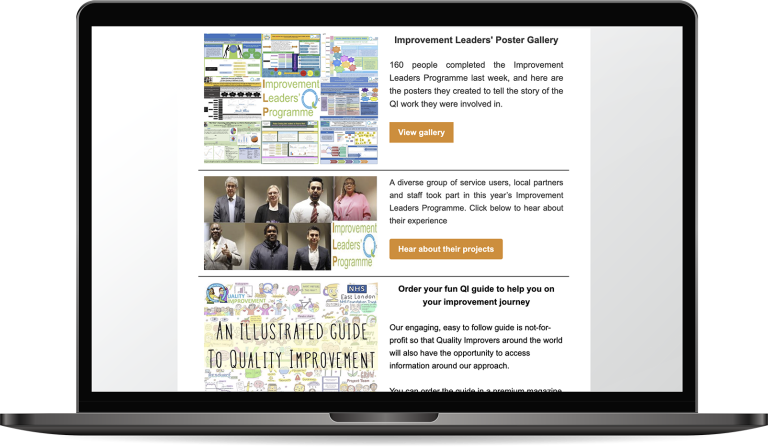
Follow QI on social media
To keep up to date on the latest concerning QI at ELFT, follow us on our socials.





